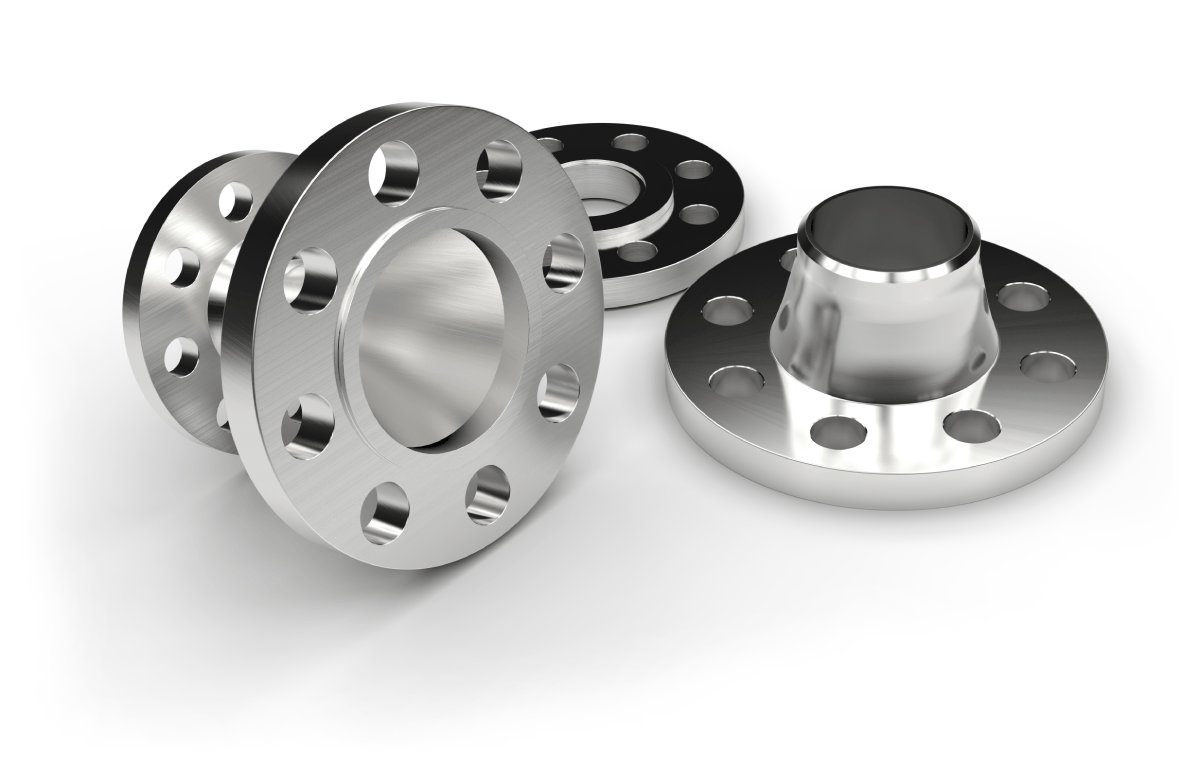Fire Single Hydrant Valve
Fire Single Hydrant Valve
Categories: Fire Safety Equipment, Water Line Solution
Description
Reviews (0)
Be the first to review “Fire Single Hydrant Valve” Cancel reply
Shipping & Delivery


MAECENAS IACULIS
Vestibulum curae torquent diam diam commodo parturient penatibus nunc dui adipiscing convallis bulum parturient suspendisse parturient a.Parturient in parturient scelerisque nibh lectus quam a natoque adipiscing a vestibulum hendrerit et pharetra fames nunc natoque dui.
ADIPISCING CONVALLIS BULUM
- Vestibulum penatibus nunc dui adipiscing convallis bulum parturient suspendisse.
- Abitur parturient praesent lectus quam a natoque adipiscing a vestibulum hendre.
- Diam parturient dictumst parturient scelerisque nibh lectus.
Scelerisque adipiscing bibendum sem vestibulum et in a a a purus lectus faucibus lobortis tincidunt purus lectus nisl class eros.Condimentum a et ullamcorper dictumst mus et tristique elementum nam inceptos hac parturient scelerisque vestibulum amet elit ut volutpat.
Related products
Flexible Joints
Water Line Valve
Pressure Reducing Valve
UL (Underwriters Laboratories) is a widely recognized testing and certification organization that evaluates various products for compliance with safety and performance standards. However, UL does not specifically certify or list pressure reducing valves (PRVs) based on size or individual activities. Instead, UL provides standards and guidelines that PRV manufacturers can follow to ensure their products meet specific requirements.
When it comes to pressure reducing valves, their size and other activities are determined by various factors, including the application, system requirements, and applicable industry standards. Here are some general considerations related to PRV size and other activities:
- Size Range: Pressure reducing valves come in a variety of sizes to accommodate different pipe diameters and flow rates. The size selection is typically based on the expected flow demand and the system's pressure conditions.
- Flow Capacity: PRVs are designed to regulate and control the flow of fluid, reducing the upstream pressure to a desired lower pressure downstream. The flow capacity of a PRV is determined by its design, internal components, and the size of the valve orifice.
- Pressure Rating: Pressure reducing valves are manufactured with specific pressure ratings. These ratings indicate the maximum inlet pressure that the valve can handle and the desired outlet pressure it can maintain within acceptable limits.
- Materials: PRVs are constructed using materials that are suitable for the intended application and compatible with the fluids being controlled. Common materials include brass, stainless steel, or other corrosion-resistant alloys.
- Installation: PRVs are typically installed in the fluid distribution system where pressure regulation is required. The installation process involves proper sizing, correct positioning, and adherence to applicable installation guidelines, including the manufacturer's instructions and relevant industry standards.
- Maintenance and Testing: Like any mechanical device, PRVs require periodic maintenance and testing to ensure proper functionality. This may involve activities such as inspecting for leaks, cleaning or replacing internal components, and verifying the valve's performance using calibrated pressure gauges.
- Compliance with Standards: Pressure reducing valves may need to comply with industry standards such as those established by the American Society of Mechanical Engineers (ASME) or other relevant codes and regulations specific to the application. Compliance with these standards ensures that the PRV meets safety and performance requirements.



























Reviews
There are no reviews yet.